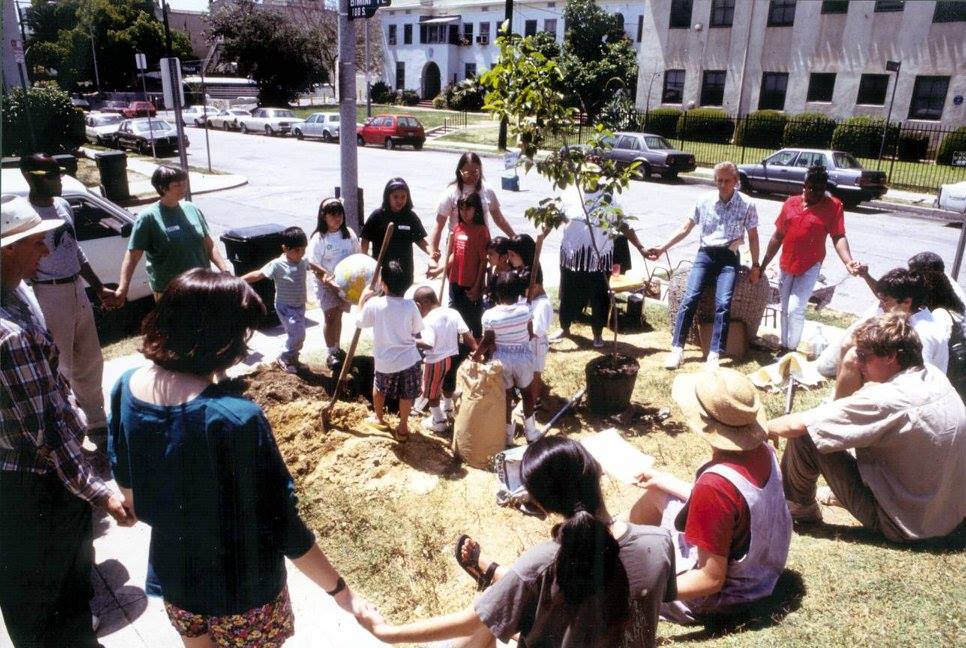
As society gets more fractured there is a section of Americans that are yearning for a more connected way of living. There is a new trend emerging among people who are hungry for a more responsible and community-driven lifestyle of looking for large pieces of land or land connected to each other. These groups of people are interested in setting up communal living in what is being referred to as intentional communities.
The average American spends most of his/her life living with family. Then friends tend to become a sort of family. Eventually, a person may “settle down,” find a partner, and begin a family of his/her own. But there are more family/community models than that. We see a greater blend of friends and family in communities in other countries. There are many countries where multigenerational households are normal, and they are becoming more popular here. Community and its benefits have always been essential to living a good quality life, but as we become more connected digitally we have to make more concerted efforts to stay connected beyond wifi and data plans.
Love Thy Neighbor, Live Longer
Before we dig into a local intentional community, let’s look at one major idea behind intentional communities: community. Seems obvious, right? We contend it isn’t… Especially in today’s era of championing personal identity, and pursuing one’s own desires above and beyond anything else. The fact is: community is more than the average number of your most engaged “friends” who make up the majority of your “likes.” Community is a pillar of life. We have data that illustrates this. To put it bluntly: being part of a community and feeling invested in others will help you live longer.
Photo courtesy of Los Angeles Eco-Village
“Blue Zones” is an anthropological concept defined by the lifestyles and environments of the world’s longest-living people. This idea first appeared in the November 2005 National Geographic magazine cover story, “The Secrets of a Long Life” by Dan Buettner. Family, your community just beyond your family, and social engagement with those groups are key elements of Blue Zone communities. This is to say there is empirical evidence that supports the value community has. And intentional communities are looking to place community firmly at the center of our lives.
So let’s look at what defines a local intentional community, The Los Angeles Eco-Village.
The Los Angeles Eco-Village, a Local Intentional Community
Photo courtesy of Los Angeles Eco-Village
The Los Angeles Eco-Village (LAEV) neighborhood is located at the north end of Wilshire Center/Koreatown and in East Hollywood in the city of Los Angeles. LAEV has 30 to 40 members living in the LAEV two block neighborhood. The community demonstrates LAEV’s processes for achieving lower environmental impacts while raising the quality of community life. Beyond the main group of 30-40 members, you will find close to 100 members of the local community taking part in various aspects of LAEV activities. LAEV’s core values are:
- Celebrate & include joy in all our endeavors.
- Take responsibility for each other & the planet through local environmental & social action.
- Learn from nature and live ecologically.
- Build a dynamic community through diversity & cooperation, giving & forgiving.
- Inspire compassionate, nurturing, & respectful relationships.
- Create balanced opportunities for individual participation & collective stewardship.
- Engage our neighbors and broader community in mutual dialog to learn, act, and teach.
Those seven values can be further distilled into three core concepts that define an ecovillage’s areas of focus: ecology, economy, and society.
Photo courtesy of Los Angeles Eco-Village
The Los Angeles Eco-Village’s ethos is mirrored in another trend we’re seeing emerge among millennials: investing in small-lot developments. Young people want to be close to their friends, and not follow the traditional route of finding a place in the suburbs that puts you at a 30-45 minute drive from everyone you know. This is where small-lot developments come into play. They may look like traditional townhouses, but small-lot developments are single family homes on “small lots” that have been subdivided from a larger parcel. Usually built by developers, millennials are pooling their funds to build these small-lot developments for themselves to create their ideal community with their friends. While these small-lot developments are simpler more individual efforts than a community like The Los Angeles Eco-Village, small-lot developments uphold the essential idea behind LAEV: redefining the role community plays in society at large.
You can follow up on The Los Angeles Eco-Village by visiting their website, and by following them on Facebook and Twitter.